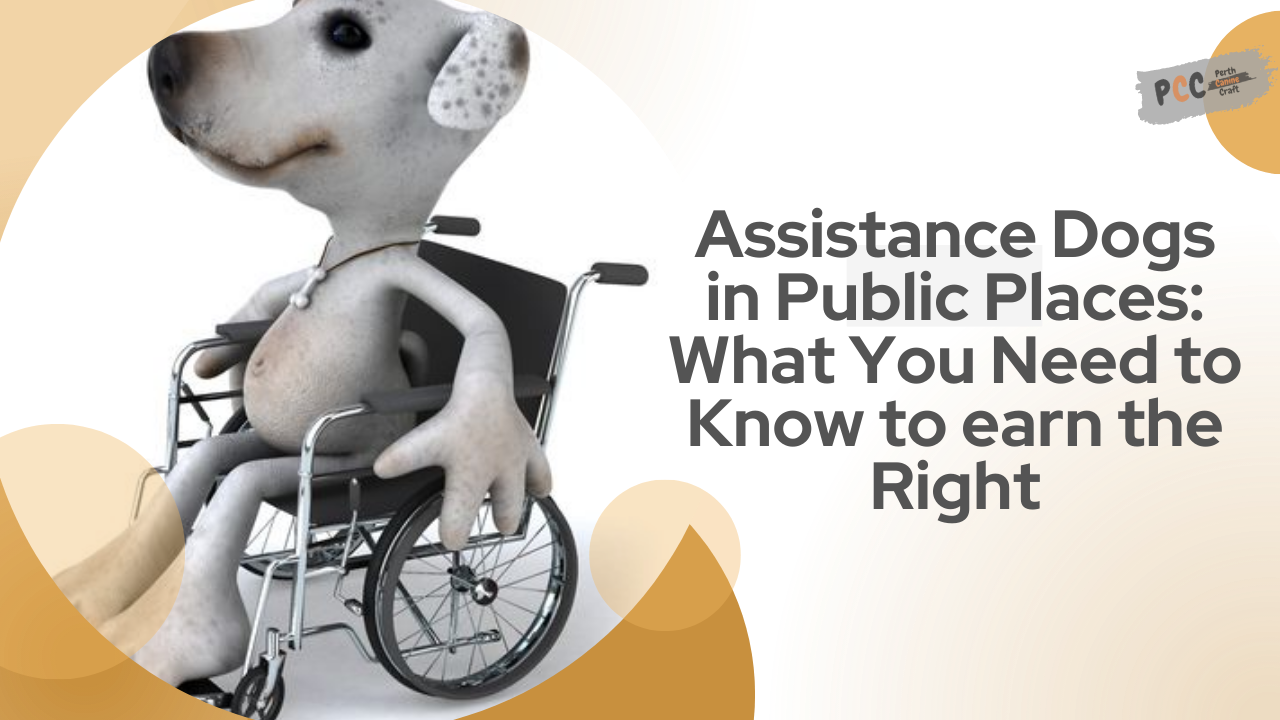Assistance dogs in Australia offer invaluable support to people with disabilities. These specially trained dogs perform tasks such as guiding individuals with impaired vision or hearing, alerting owners to sounds, assisting with domestic chores, and providing emotional support. To ensure that only well-trained and well-behaved dogs enter public spaces, the Public Access Test (PAT) is administered. This blog discusses the importance of the PAT, its components, and the significance of hygiene and grooming standards for assistance dogs.
Why is the PAT essential?
The PAT evaluates whether assistance dogs possess the necessary training and behaviour to safely and appropriately navigate public spaces such as shops, restaurants, and public transport. Passing the PAT ensures that the assistance dog poses no threat or inconvenience to the public while performing its duties.
What does the PAT involve?
The PAT assesses the assistance dog’s readiness to work in public spaces through various tasks:
- Basic obedience: The dog demonstrates skills such as sit, stay, come, and heel.
- Distractions: The dog remains calm and focused amidst loud noises, large crowds, or other animals.
- Handling: The dog stays calm when handled by a stranger, such as a vet or a groomer.
- Public transport: The dog behaves well and stays calm on buses or trains.
- Restaurants: The dog remains calm and doesn’t cause issues in restaurants or cafes.
- Off-leash control: The dog stays close to its owner and obeys commands while off-leash.
- Emergencies: The dog remains calm and obeys its owner during emergencies, such as fire alarms or ambulance sirens.
Hygiene and grooming standards for assistance dogs
Maintaining proper hygiene and grooming for assistance dogs is crucial to prevent illness, especially when assisting individuals with weak immune systems. Clean equipment, such as vests or harnesses, should be used when working in public spaces.
The PAT is a vital component of assistance dog training in Australia, ensuring that only capable and well-behaved dogs assist people with disabilities in public places. Adhering to hygiene and grooming standards further promotes public health and safety. By completing the PAT and upholding these standards; assistance dogs can provide crucial support to their owners in various public settings.





0 Comments